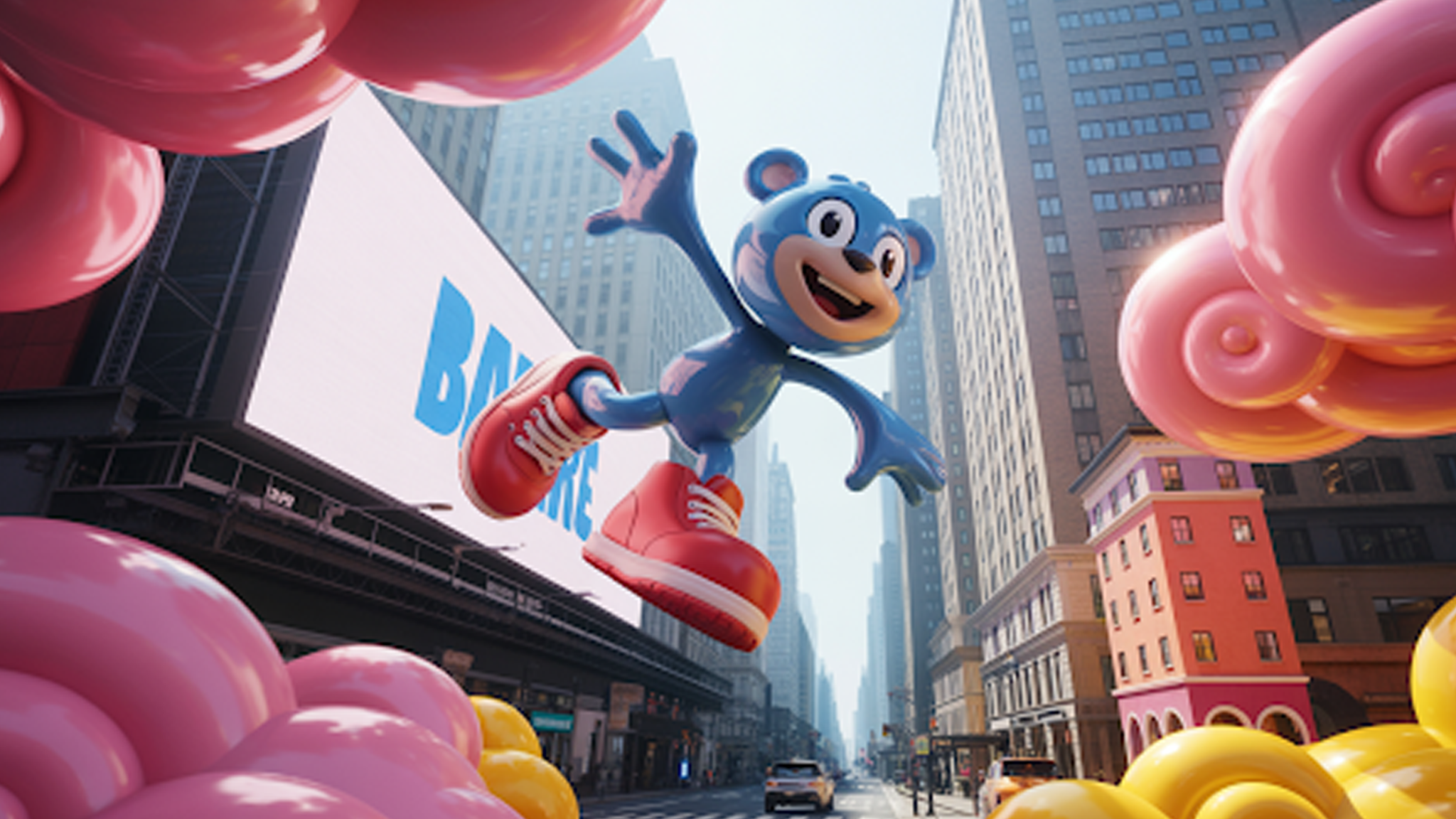Commercial animation has revolutionized how companies tell their stories, market their goods, and influence consumer perception. Animation advertising does more than just attract attention in the rapidly evolving digital world of today. With the correct balance of imagination, planning, and design, animated advertisements assist companies in transforming concepts into impactful visual experiences that produce quantifiable outcomes on all platforms.
From understanding what commercial animation truly is to exploring why it works so effectively when done by experts like Animatedvideos.co, this article breaks down every essential step of the process. You’ll learn how animated ads are planned, produced, and optimized for performance, the different types of animation styles brands use, and how to measure their real impact across digital channels.
What Is Commercial Animation?
Using animated images or video animation to advertise a brand, service, or product through owned and paid channels is known as commercial animation. It includes full TV spots, six-second bumpers, short social cuts, and modular campaigns made for omnichannel distribution.
In contrast to live action, animated ad formats are adaptable, quick to iterate, and economical when used in large quantities. Without reshooting, you can localize for multiple markets, illustrate invisible workflows, and visualize abstract benefits.
Why Does Commercial Animation Work So Well?
Animation compresses complex ideas into simple, visual steps that the brain processes quickly. It also avoids production constraints like locations and casting, helping you keep brand consistency across campaigns.
Animation ads are built for the realities of modern attention: they hook viewers in the first second, use strong silhouette shapes for clarity on small screens, and maintain message density without visual clutter.
Benefits you can bank on:
- Higher recall through distinctive brand shapes, color, and motion language.
- Faster concepting and versioning for A/B tests and channel-specific cuts.
- Lower risk: no weather, location, or talent dependencies to delay launch.
- Easier localization with on-screen text, VO, and graphic swaps.
How Do You Plan an Animated Advertisement That Converts?
Planning starts with the outcome you want and the single action you want viewers to take, including the type of animation: 2D or 3D animation. From there, lock message hierarchy, choose a visual system, and define delivery specs early so production stays efficient.
Before you dive into boards, write a tight brief and align stakeholders on the success criteria and constraints. Clear inputs lead to fewer revisions and stronger output.
A practical planning checklist:
- Goal & KPI: What must this spot achieve: clicks, sign-ups, sales, or recall?
- Audience & insight: Which pain, desire, or objection are you tackling first?
- One-line promise: The crisp value claim your brand can uniquely own.
- Message ladder: Hook → Problem → Solution → Proof → CTA; trim anything extra.
- Brand guardrails: Logo lockup, palette, type, motion rules, sonic tags.
- Distribution specs: Aspect ratios, max file size, captions, safe areas.
- Legal & claims: Required disclaimers and substantiation ready before VO.
- Timeline & approvals: Who signs off at each gate and how fast?
What Types of Animation Ads Should You Consider?
Choosing the right style hinges on your goal, budget, and timeline. Each style has strengths for different messages and channels, and mixing styles can give you a modular system for testing.
Match complexity to the value of the moment. For a six-second pre-roll, go bold and simple; for a 30-second TV spot, layer more story and proof.
Common types and when to use them:
- 2D animated ads: Clean, brandable shapes; ideal for product benefits and quick explainers.
- 3D animated ads: Photoreal hero shots, device tours, and dynamic pack reveals.
Where Should You Use Animation Advertising in the Funnel?
Animation is not just top-of-funnel. With the right cuts and CTAs, it can support every stage from awareness to upsell while reusing core assets to protect your budget.
Think in systems: one master spot plus a library of hooks, transitions, and CTAs that can be recombined for channels and cohorts.
Funnel-first deployment ideas:
- Awareness: Six-second hooks for YouTube and OTT bumpers; bold shapes and sonic brand.
- Consideration: 15- to 30-second product stories on Meta, TikTok, and LinkedIn.
- Conversion: Direct-response variants with offer overlays and urgency cues.
- Onboarding: Snappy feature tours in help centers and welcome emails.
- Retention: Update walkthroughs and “what’s new” reels in-app and on social.
- Advocacy: Customer story animations with UGC quotes and quick outcomes.
How Do You Produce Efficiently Without Sacrificing Quality?
Production gets faster when you automate hand-offs, templatize assets, and lock decisions early. A lean, repeatable workflow lets you ship more tests and learn faster.
Align audio early. VO timing, music tempo, and SFX hit points shape the motion, so decide the sonic direction before you animate to avoid rework.
A sample production flow:
- Discovery & brief: Goals, audience, message ladder, and constraints.
- Script & moodboards: Tone, color, and motion references to align taste.
- Style frames & boards: Key visuals approved before full sequences.
- Animatic: Timed storyboard with scratch VO and temp track.
- Design & animation: Asset build, scene animation, internal reviews.
- Audio finalization: VO record, mix, and licensed music locked.
- QA & delivery: Legal, captions, accessibility, and platform-specific exports.
- Versioning: Cutdowns, aspect ratios, and language/localization packages.
How Do You Measure ROI and Optimize Animation Ads?
Treat every campaign like a test bench. Define your hypothesis, isolate variables, and set a minimum sample size so you don’t chase noise. Use platform pixels and server-side events to track the full journey.
Decide your primary metric by stage and channel. Then build a weekly ritual for reading results and shipping new variants based on what you learn.
Metrics and testing ideas:
- Top-of-funnel: VTR, scroll-stop rate, CPV, and aided recall studies.
- Mid-funnel: CTR, cost per action on site (demo, add-to-cart, trial).
- Bottom-funnel: CAC, conversion rate lift vs. control, and payback period.
- Creative tests: Hook line, colorways, packshot angle, and CTA microcopy.
- Sequencing: Run teaser → value → proof in a controlled cadence for lift.
How Do You Choose the Right Animation Partner?
Look for a studio that asks sharp questions about business impact, not just style. They should show measurable outcomes, client references, and a track record of shipping for your channels and timelines.
Review process matters. Seek partners who share working files, respect brand systems, and provide clear checklists for each approval gate. If they benchmark against top animated studios, you’ll see where they excel and where they bring a fresh edge.
Selection criteria to compare:
- Strategic depth: Can they connect creative to KPIs and testing plans?
- Systems thinking: Do they design modular assets for future campaigns?
- Speed & reliability: Can they hit your launch date with buffers?
- Craft: Strong design language, animation fundamentals, and sound design.
- Post-launch support: Will they iterate on data, not opinions?
FAQs
Final Thoughts:
Commercial animation gives you a flexible, testable system for telling your story and driving outcomes across channels. When you plan around a tight message ladder, design mobile-first frames, and commit to iterative testing, animation advertising becomes a reliable growth lever, not just a one-off campaign.
If you’re looking for a partner that blends strategy with craft and delivers platform-ready assets that perform, Animatedvideos.co is built for that mission. We align creative to KPIs, ship on schedule, and provide the modular libraries you need to keep learning and scaling. Let’s turn your next animated advertisement into results you can measure.



